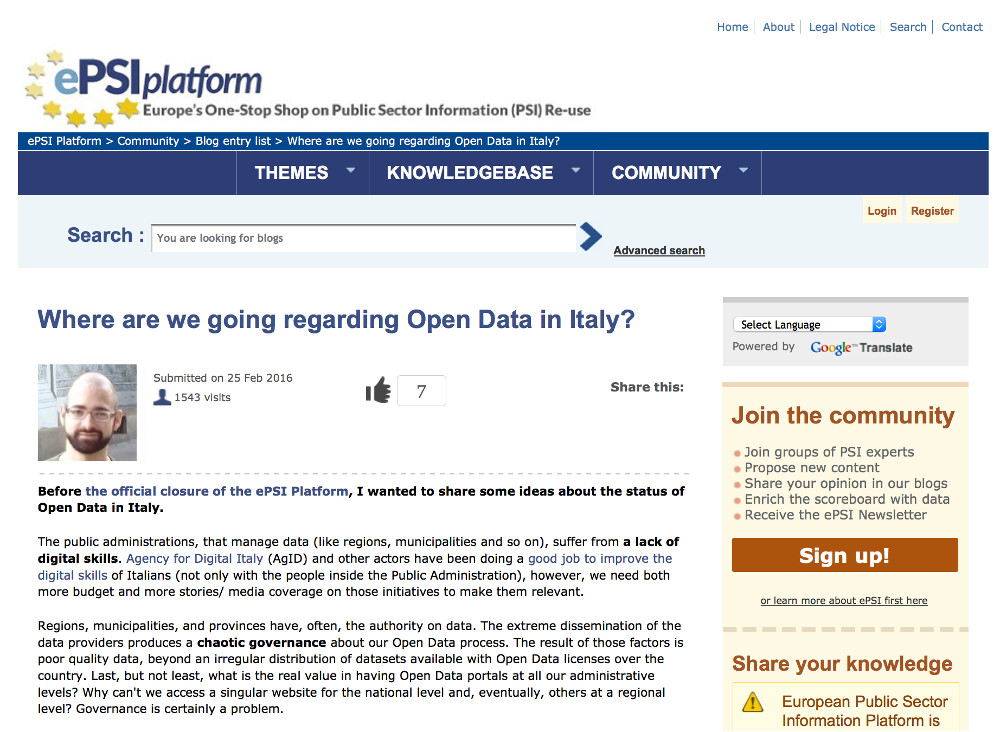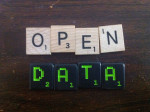Making the overall Open Data ecosystem more useful and accessible isn’t only a technological issue. If we publish only Linked Open Data stuff out there, we aren’t solving the problem at all.
We need to think about the overall user experience, and more about our potential users, our data remixers. And, on the other hand, how we can make this concept of remixing data visible on mainstream channels?
We need two different things: firstly, be sexier and easier to understand. And secondly,** be closer to the people** real agenda settings.
The starting point is having more context around data: not only speaking about the contextual geographic information system. I’m speaking about merging different worlds, and different data silos, hiding the way you’re doing that. From mobility data, to Internet of Things sensors data. Citing an article published on GigaOm:
“So while it is true that we have access to more information than ever before, we are not experts on every subject. Thus, it is very difficult to digest it. My concern is that over-information the new way of hiding information. The best way to fight mainstream media disinformation is to demand more context for all the data: we need the “fact-checking journalism” promoted by sites like Gapminder or Open Knowledge. Visualizing.org strives to make sense of issues through data and design with a collection site where designers and all sorts of organizations can upload and share open data sets”.
Demanding more context from our information systems means finding better ways to have the information that we are really looking for. Querying Open Data portals with only one click, for example, improves the usability and the overall user experience. Hiding this querying process another step in the right direction, like Google has done with its Knowledge Graph concept. I’ve also seen some signals during my daily job: [full disclosure: I’m the community manager at SpazioDati]
Continua a leggere

